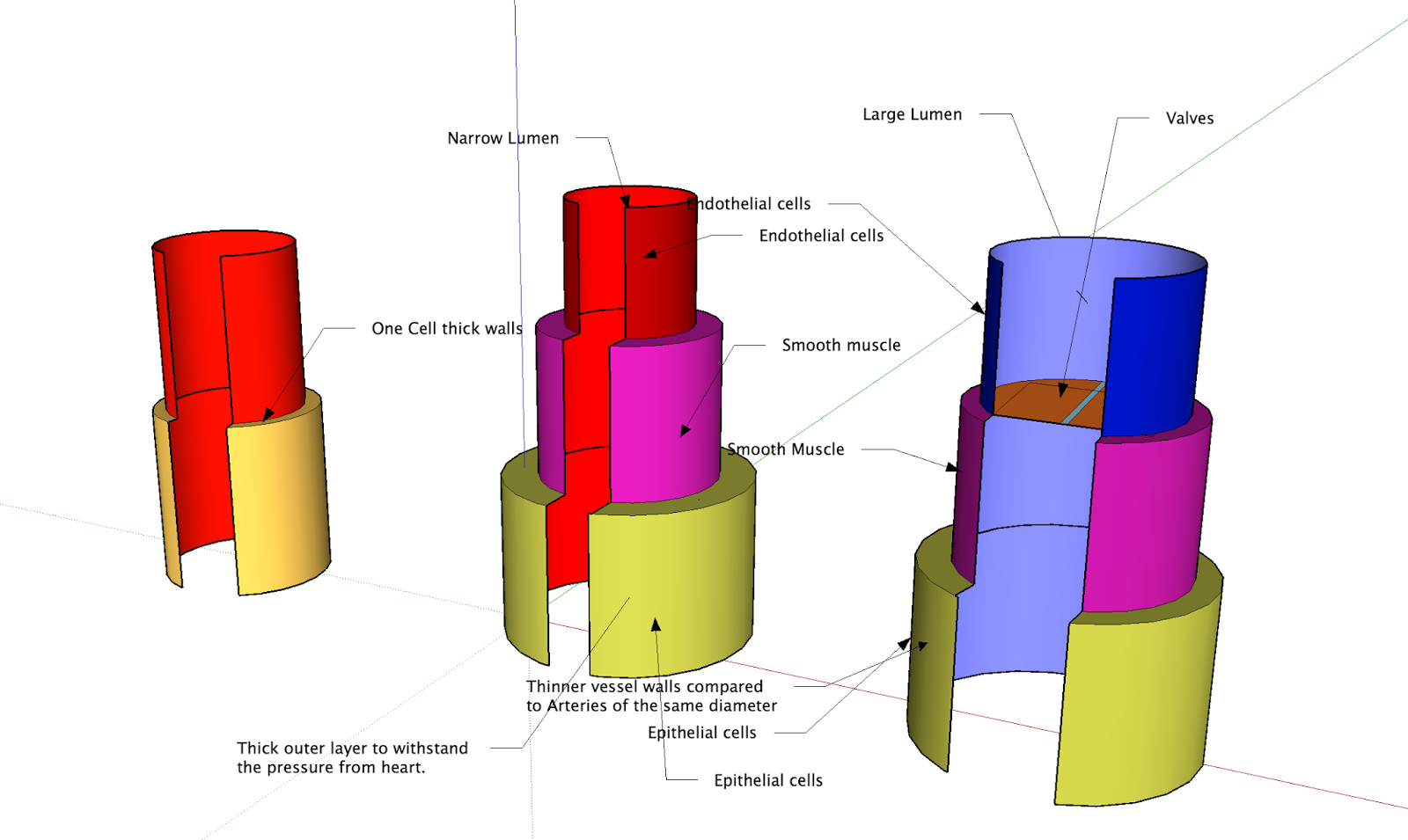Tuesday, 1 April 2014
Sunday, 2 March 2014
Friday, 28 February 2014
Sunday, 23 February 2014
Tuesday, 18 February 2014
The Blood Vessels Model for Science By Group B.
The Blood vessels model for science Group B:1)Emily, 2)Ryan, 3)Joel and Kaung Sitt Thway.
 |
1)Capillary 2)Artery 3)Vein |
Monday, 17 February 2014
Thursday, 30 January 2014
Flip Teaching on Nutrition
Flip Teaching on Nutrition
What is Flip Teaching?
In flip teaching, the students first study the topic by themselves, typically using video lessons prepared by the teacher. In class, students then apply the knowledge by solving problems and doing practical work.
In flip teaching, the students first study the topic by themselves, typically using video lessons prepared by the teacher. In class, students then apply the knowledge by solving problems and doing practical work.
Videos to watch:
Video to watch:
Video to watch (Stomach):
Video to watch:
Tuesday, 28 January 2014
Please attempt the following Diffusion and Osmosis homework in the following document:
Homework: Transport in Humans
MCQ: 7,8,9,10
Section B: Q4,
Section C: Q1
To be handed in to Science Rep on CNY Eve. Science Rep please put into Mr Ng’s pigeon-hole outside the staffroom
Homework (to be completed by 4th Feb):
Watch Video on Food Test (posted on blog)
Nutrients – Worksheet Activity 3 (Page 11-12, instructions posted on blog)
Nutrients - Worksheet Activity 3 (Page 11-12)
Aim: To find out how does your body digests different classes of food
1. Mouth
2. Oesophagus
3. Stomach
4. Small intestine (Duodenum and ileum)
5. Large intestine (Colon)
TASK:
1. Go to: Digestion in our body
2. Click on the baked beans and find out how your body digests the food.
3. Complete worksheet page 11-12.
1. Mouth
2. Oesophagus
3. Stomach
4. Small intestine (Duodenum and ileum)
5. Large intestine (Colon)
TASK:
1. Go to: Digestion in our body
2. Click on the baked beans and find out how your body digests the food.
3. Complete worksheet page 11-12.
Testing food for nutrients
Nutrients - Food Test
This online lesson introduces the various Food Tests:
1. Benedict's test (Reducing sugar test) - Test for reducing suagrs
2. Biuret test - Test for Proteins
3. Ethanol-emulsion test - Test for Fats/Oil
1. Benedict's test (Reducing sugar test) - Test for reducing suagrs
2. Biuret test - Test for Proteins
3. Ethanol-emulsion test - Test for Fats/Oil
BENEDICT'S TEST
BIURET TEST
ETHANOL-EMULSION TEST
Tuesday, 21 January 2014
Monday, 13 January 2014
Parts of a Microscope
Historians credit the invention of the compound microscope to the Dutch spectacle maker, Zacharias Janssen, around the year 1590. The compound microscope uses lenses and light to enlarge the image and is also called an optical or light microscope (vs./ an electron microscope). The simplest optical microscope is the magnifying glass and is good to about ten times (10X) magnification. The compound microscope has two systems of lenses for greater magnification, 1) the ocular, or eyepiece lens that one looks into and 2) the objective lens, or the lens closest to the object. Before using a microscope, it is important to know the functions of each part.
Homework: Explore the Virtual Microscope.
Homework: Explore the Virtual Microscope.
Thursday, 9 January 2014
Cell Model Making
Hallo Tributes of S1-06,
As mentioned in our last lesson, you will need to start preparing to make a simple cell model.
As mentioned in our last lesson, you will need to start preparing to make a simple cell model.
In the same grouping as for Bloom's Taxonomy Poster, create a fully labelled cell model through research and thoughtful interpretations (see links to videos below for samples).
Your cell model will be evaluated in accordance to the rubrics provided through a presentation.
Deadline: 16th January 2014 (Thursday)
Hallo and welcome!
Dear Tributes of S1-06,
I hope you all are enjoying Science classes as much as I do!
Kindly spend some time to allow Paul Andersen to take you on a tour of the cell. He starts by explaining the difference between prokaryotic and eukaryotic cells. He also explains why cells are small but not infinitely small. He also explains how the organelles work together in a similar fashion.
If you have trouble viewing the video, you can find it online: http://www.youtube.
Subscribe to:
Comments (Atom)

































